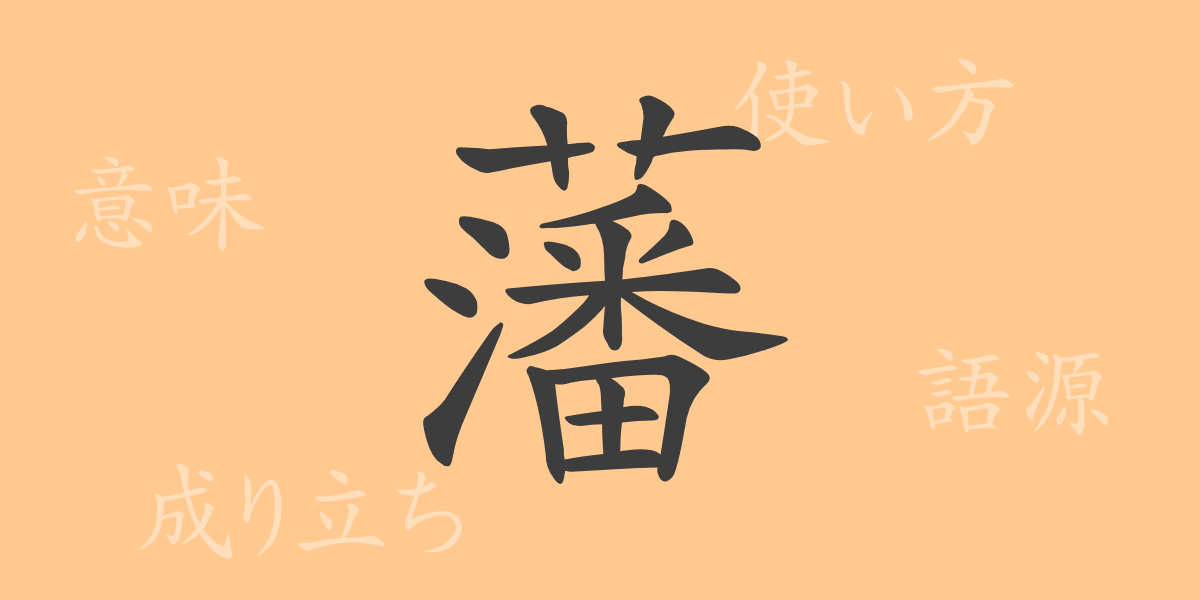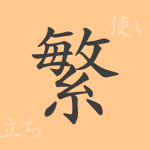“`html
A journey into the history of Japan is often akin to navigating a labyrinth of meanings hidden within characters. This adventure focuses on the 常用漢字(じょうようかんじ) “藩(はん)” and unravels its evolution from its origins to the present day. By understanding the rich history and meaning of this single character, your comprehension of Japanese culture and society will deepen significantly.
The Origin (語源(ごげん)) of 藩(はん)
The kanji “藩(はん)” can trace its roots back to ancient Chinese texts. Originally, it referred to hedges or fences used to enclose fields or farmland. In Japan, “藩(はん)” began to be widely used during the Edo period. It was during this era that the term came to denote the domains controlled by regional lords scattered throughout the country.
The Meaning and Usage of 藩(はん)
In modern Japanese, “藩(はん)” is primarily used in historical contexts. Specifically, it refers to the domains governed by daimyos under the feudal system of the Edo period. Metaphorically, the term “藩(はん)” can also be used to describe an organization or group that possesses a certain degree of autonomy.
Reading, Stroke Count, and Radical of 藩(はん)
The kanji “藩(はん)” has a unique reading and a complex structure.
- Reading: The on-yomi (音読み(おんよみ)) is “ハン(はん)”, and there is no specific kun-yomi (訓読み(くんよみ)).
- Stroke Count: It consists of 18 strokes in total.
- Radical: The radical is “艸(くさかんむり)”, which represents grass.
Idioms, Phrases, and Proverbs Using 藩(はん) and Their Meanings
Idioms, phrases, and proverbs that include “藩(はん)” hold specific meanings in Japanese. For example, “藩主(はんしゅ)” refers to the lord who governs a domain, and “藩政(はんせい)” denotes the politics or administration within a domain. Additionally, “藩校(はんこう)” refers to schools established by a domain, playing a crucial role in the education of samurai children.
Summary of 藩(はん)
Each kanji character carries with it a history of its formation. “藩(はん)” stands as a symbol of Japan’s feudal era and continues to appear in history textbooks and scholarly works. Understanding this kanji is essential for comprehending the political structure of the Edo period and is a part of Japan’s identity.
“`

























